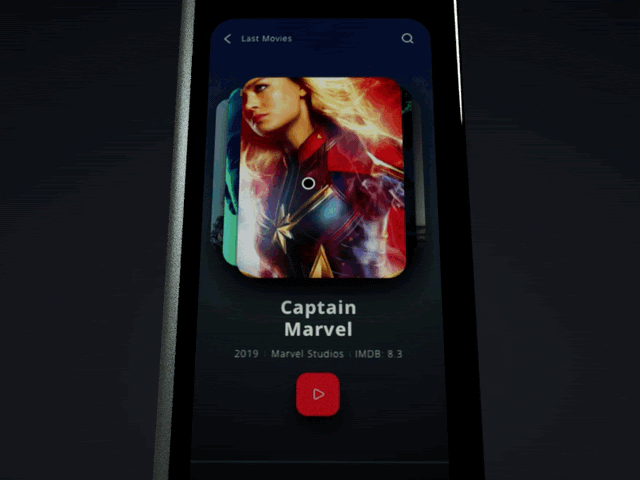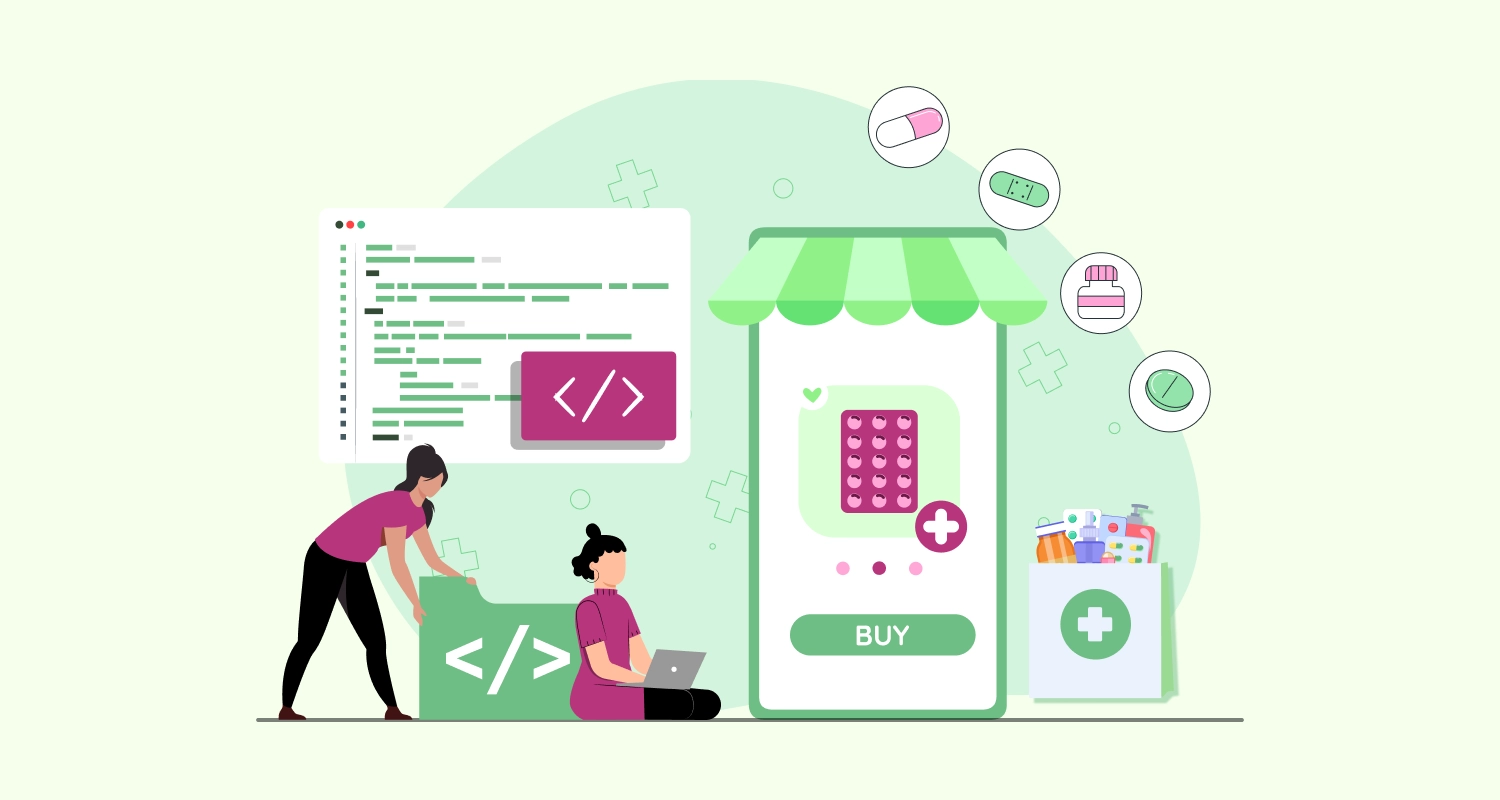The emergence of foldable mobile devices has evolved over the last few years and last year we have seen significant development in this regard. Foldable apps or apps capable of running in foldable mobile devices have become more common now. But any mobile app development company knows the challenges involved in working on foldable phones.
While some Android device manufacturers like LG have already jumped on the bandwagon of this new breed of devices, leading brands like Samsung are preparing to launch its new foldable phone. Google is reported to have partnered with Samsung to make this innovation possible. It is likely that other leading brands are going to join this league soon. Naturally, foldable apps or apps running on foldable devices are soon going to be commonplace and ubiquitous.
The technical nitty-gritty of building apps for foldable devices apart, there are several other considerations including delivering sophisticated user experience just to optimize the usability of the foldable phones. This is why it is important the mobile app design services take cognizance of the impact of foldable phones on the overall mobile app development.
How Can Foldable Mobile Devices Impact App Development?
From the surface level creating the user experience of a mobile app running on foldable devices seems to have the only requirement of a flexible user interface. But the actual impact is massive and involves a whole lot of nitty-gritty than just user interface that takes advantage of the foldable device screen.
First of all, foldable devices allow developers to utilize different windows created after folding the screen and delivering information and usability accordingly. They need to take care of the user experience in different windows created by folding the screen.
Some of the key ways this impact can be visible include the following.
- The video streaming apps can utilize the larger screen size and different orientations to show the content with more controls and features.
- The calendar and similar apps will be able to show the dates of an entire year through multiple windows and quite effortlessly.
- Banking, stock braking and other apps with a lot of information to show can use the screen space more appropriately. For example, a banking app can now show multiple account information or product details through different screen windows.
- Enterprise apps will be able to incorporate more features and functions through different screen windows.
Key Considerations For Developing Foldable Apps
Let us look into the different ways foldable smartphones can have an impact on the application development process.
Uncompromising Visual Quality
Since the apps need to accommodate content into foldable screens across different orientations and aspect ratios, the developers need to give utmost importance in respect of maintaining the same flawless app quality and flow.
Addressing a Variety of Screen Types
We already have quite a few foldable phones and there are more to come. Naturally, maintaining a consistent user experience across different screens should be a priority. Since a lot of new foldable devices are yet to hit the market, the user experience should remain constant and consistent.
Feedbacks Are More Important Than Ever Before
The foldable apps should depend more on the collected feedback. Based on the feedback from the users the user experience of the apps running on these devices can be tweaked and made better.
Enhanced Development Time and Cost
Obviously, foldable phones are new entrants in the mobile market and hence they offer bigger challenges to the app developers with respect to keeping the development time and cost in check.
How To Build Foldable Apps?
From the above-mentioned elucidation it is clear that developing mobile apps for foldable devices, you need a different approach. Apart from the above considerations, you need to follow the development principles we mention below.
Building For Both Folded And Unfolded Screen
First of all, when building the app you need to develop for both folded and unfolded screens. While the first is to present a cover display the second will showcase the main display of the app. When unfolded, the phone screen should look like that of a tablet with a lot of space for displaying full-length content. When the screen is folded, it should display the content in micro-mode to deliver information in bits and pieces. The screen should be like that of a smartphone in a folded condition.
App Design For Holding With Single Hand or Double Hand
When the state of a foldable phone changes or simply when the device is folded or unfolded, the whole user experience of the app changes drastically. In the unfolded state when the device will be bigger, the user may hold it with both hands just as in the case of tablets. In a folded state with a smartphone-like device size and look, single-handed use can be expected. The user experience for these two states must be designed based on this aspect.
Multitasking For Multiple Windows
Since the screen real estate for foldable phones are likely to be much bigger, there is greater scope for multitasking. This means depending on the available windows in a folded state or the space available in unfolded screens, multiple layers of information can be presented and multiple tasks can be facilitated.
Consistent And Continuous User Experience
When the device state switches from folded to unfolded or vice versa, the screen should allow continuous and consistent user experience. This means the on-screen content should resize and flexibly accommodate the same in-screen content and clickable elements as and when the screen is folded or unfolded.
Maintaining Perfect Screen Ratios
Since you have multiple screen sizes with the same device, you need to maintain the optimum aspect ratios for all screens. The latest Android 10 update allows using a wide array of aspect ratios. While folded, the aspect ratio should adjust for the extreme high long screen size and when it is unfolded the aspect ratio should adjust for the landscape viewing.
Running Several Apps Across Multiple Windows
Already Google made running two apps side by side a common thing. With the fully-fledged foldable device technology in place, we can even expect running several apps across multiple screens and to enable these apps to share content easily with each other.
Android 10 or higher version supports display with multiple screens and thus capability just fits perfectly for the foldable phones. With this, the user can switch from one display to another for using the same app.
Conclusion
So, foldable devices and building apps for these devices are no longer just a trend buried in the imagined future. They are very much a reality now and we can expect an increasing number of sophisticated mobile apps to appear for foldable phones.









